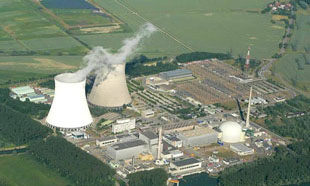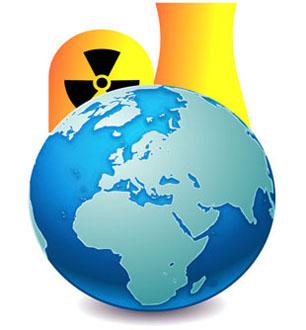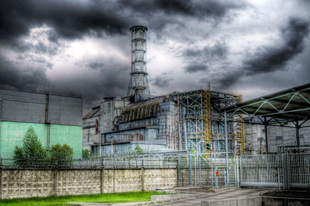Nuclear jeopardy
The nuclear energy debateNuclear accidents in 2011 at Fukushima Daiichi and Fukushima Daini after the Tohoku earthquake and tsunami, have cast a shadow over the idea of nuclear power as a future energy alternative. Consider both sides of the nuclear energy debate by starting with a real-world building project. Build your own nuclear plantUse the 14-minute video How to build a nuclear power plant for an accessible overview of nuclear energy production and issues, focussed on the building of a new reactor at Olkiluoto in Finland.
Photo of Philippsburg nuclear power plant in Germany by Lothar Neumann, Gernsbach, CC BY-SA 2.5 |
Nuclear energy proponents
Find sites to help understand nuclear reactor basics, and sites for organisations that could be considered pro-nuclear. Read an article arguing for nuclear power to avoid climate change.
Icon for world nuclear power plants by Adrien Facélina et al CC BY-SA-3.0 |
Nuclear energy opponents
Find sites to learn about past nuclear accidents, and sites that could be considered anti-nuclear.
Picture of the ‘Sarcophagus’ over the Chernobyl reactor by Piotr Andryszczak CC BY-SA-3.0 The peaceful atomLearn about the ‘peaceful atom’ in agriculture, medicine, industry and research. Australia is playing a key role, through ANSTO, to help supply the world with nuclear medicine. Learn more about ANSTO’s OPAL research reactor. See also Sites2See: Energy for Secondary. |




